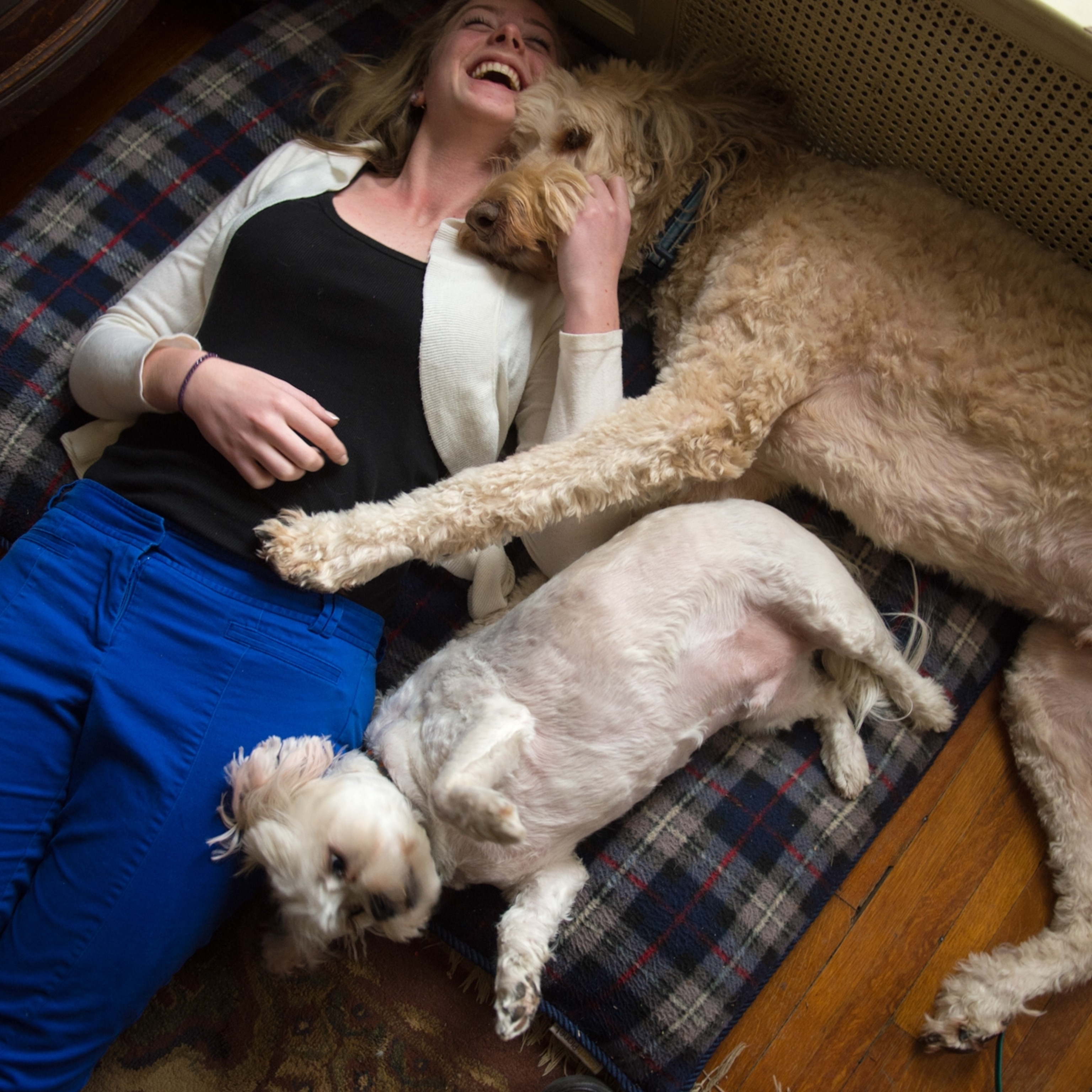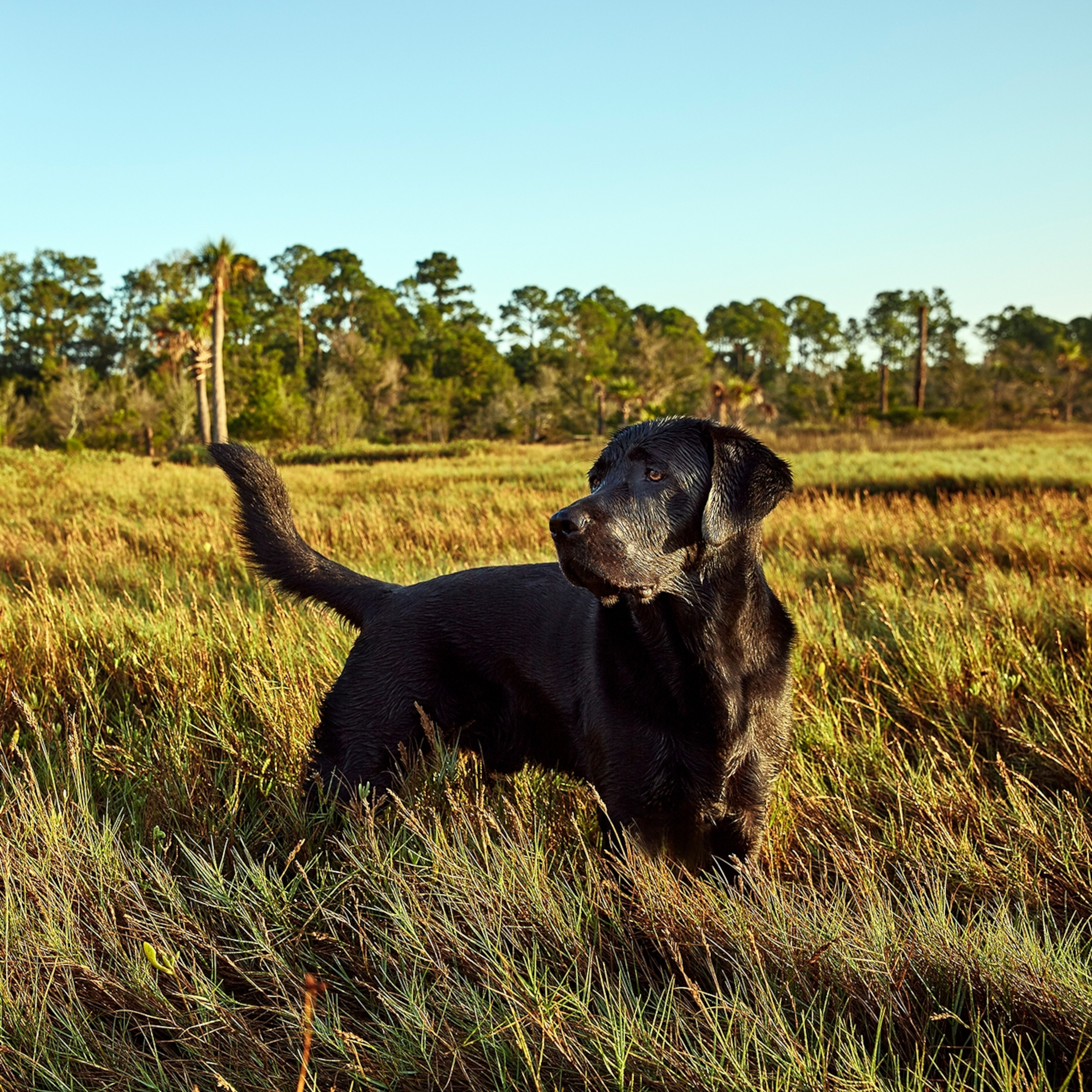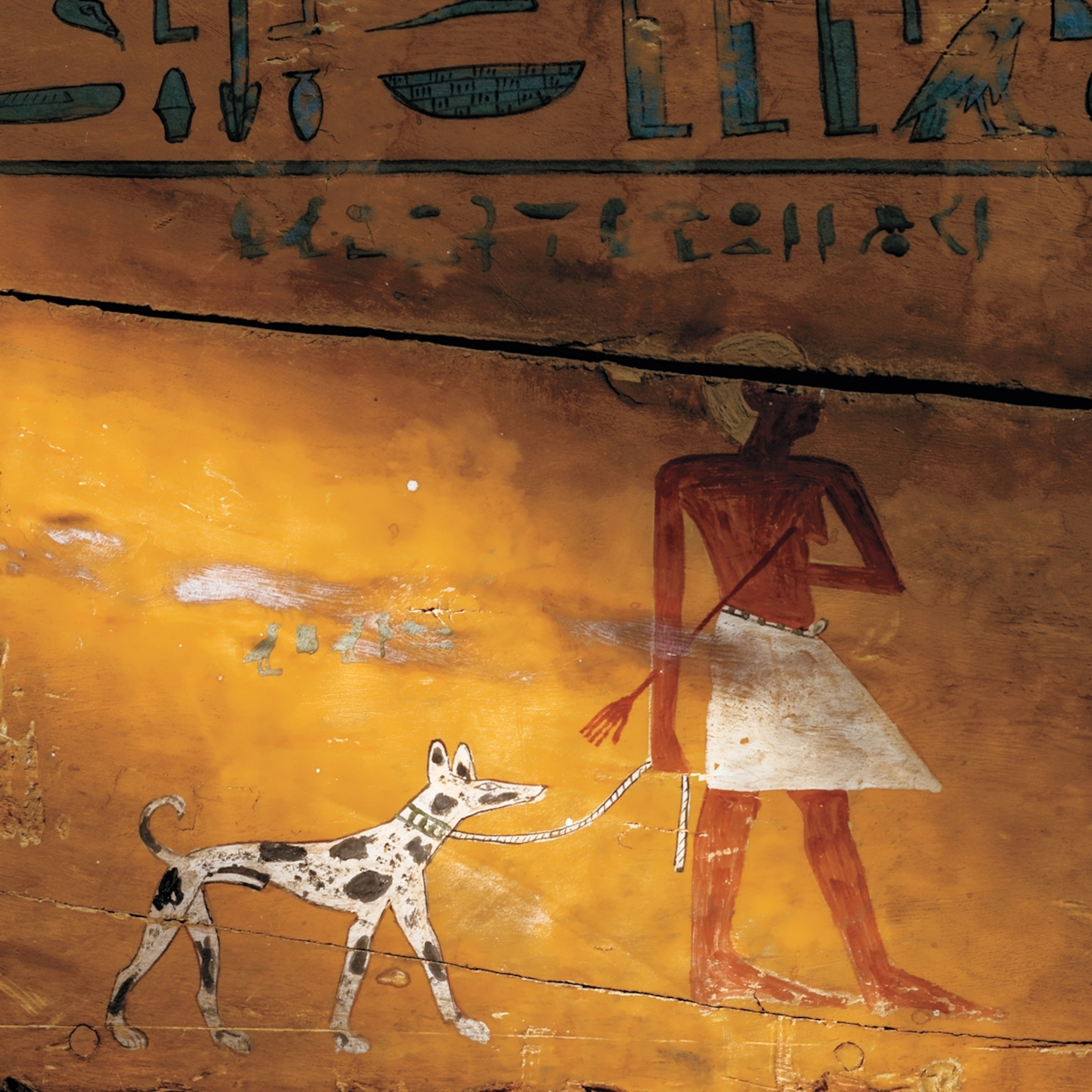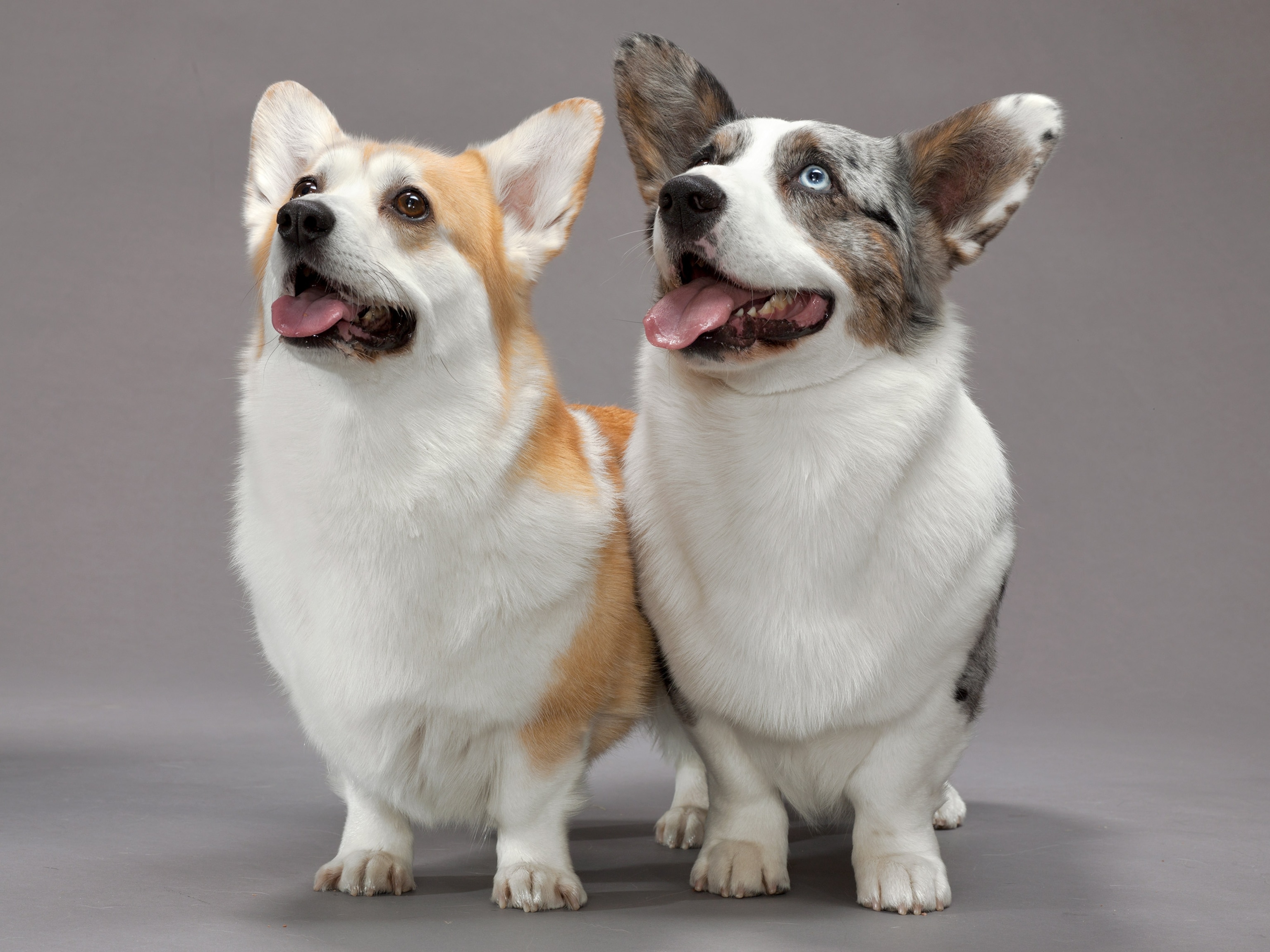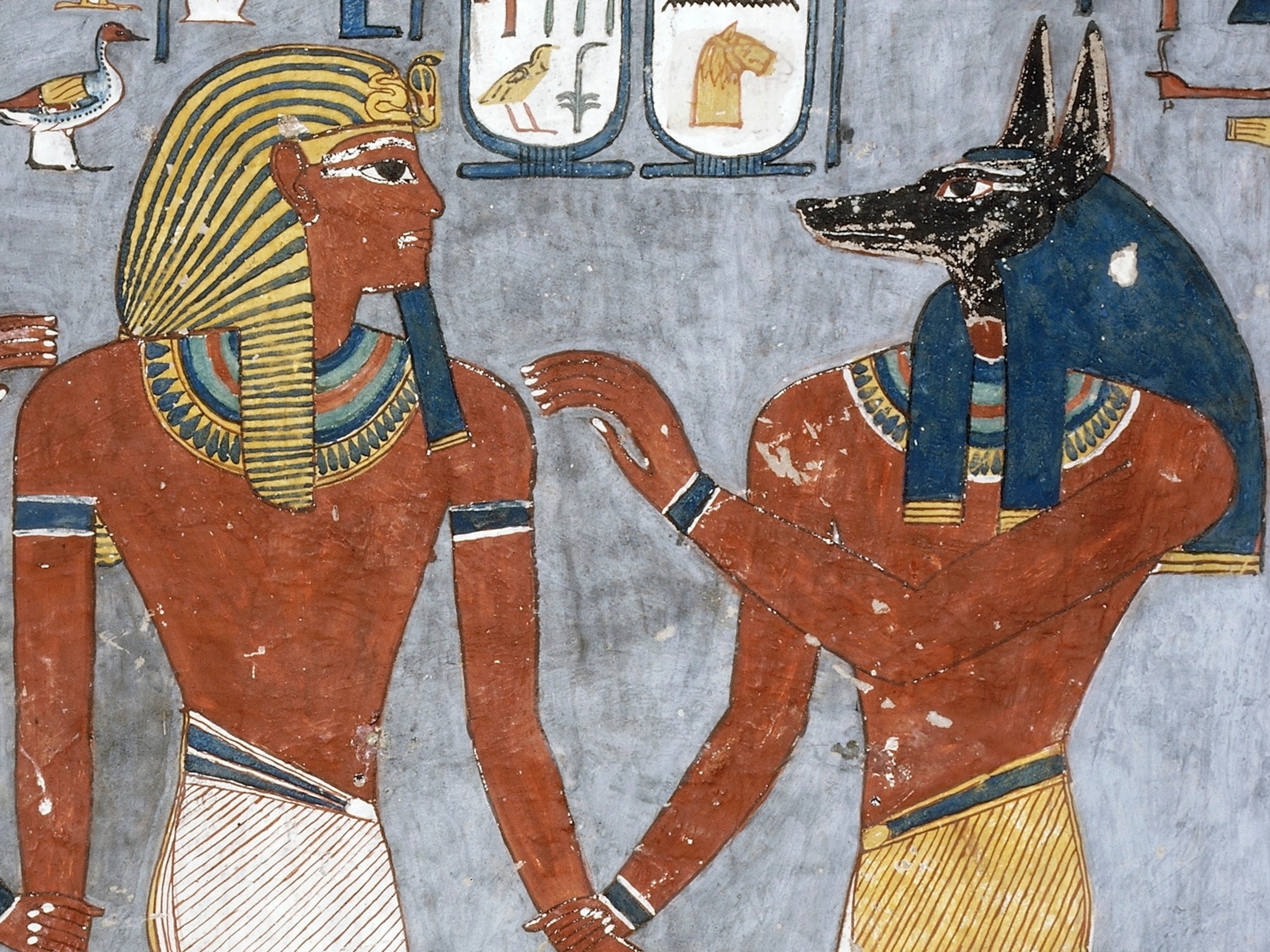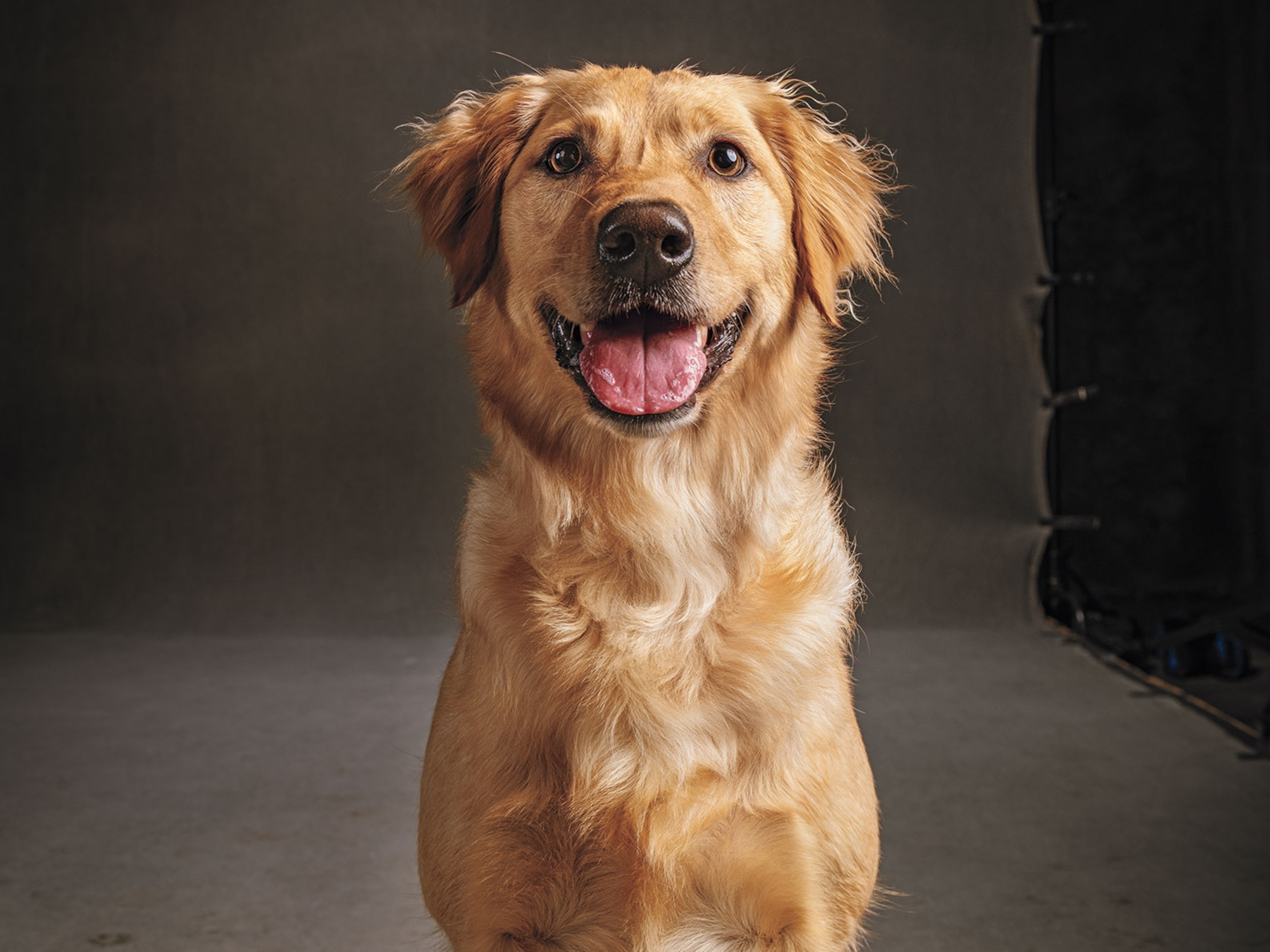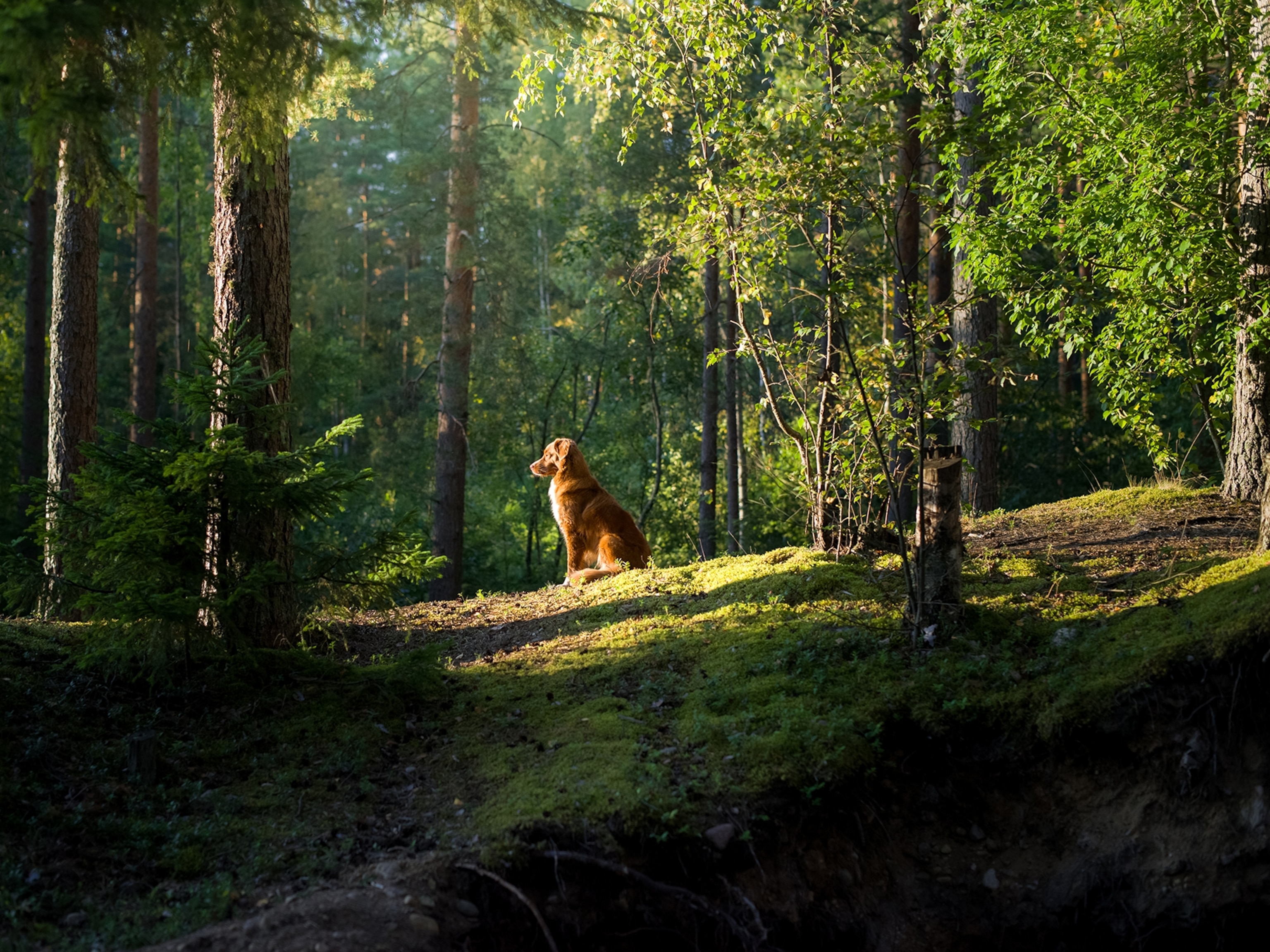Would your dog eat you if you died? Get the facts.
You might not look at your fur baby the same way after reading this.
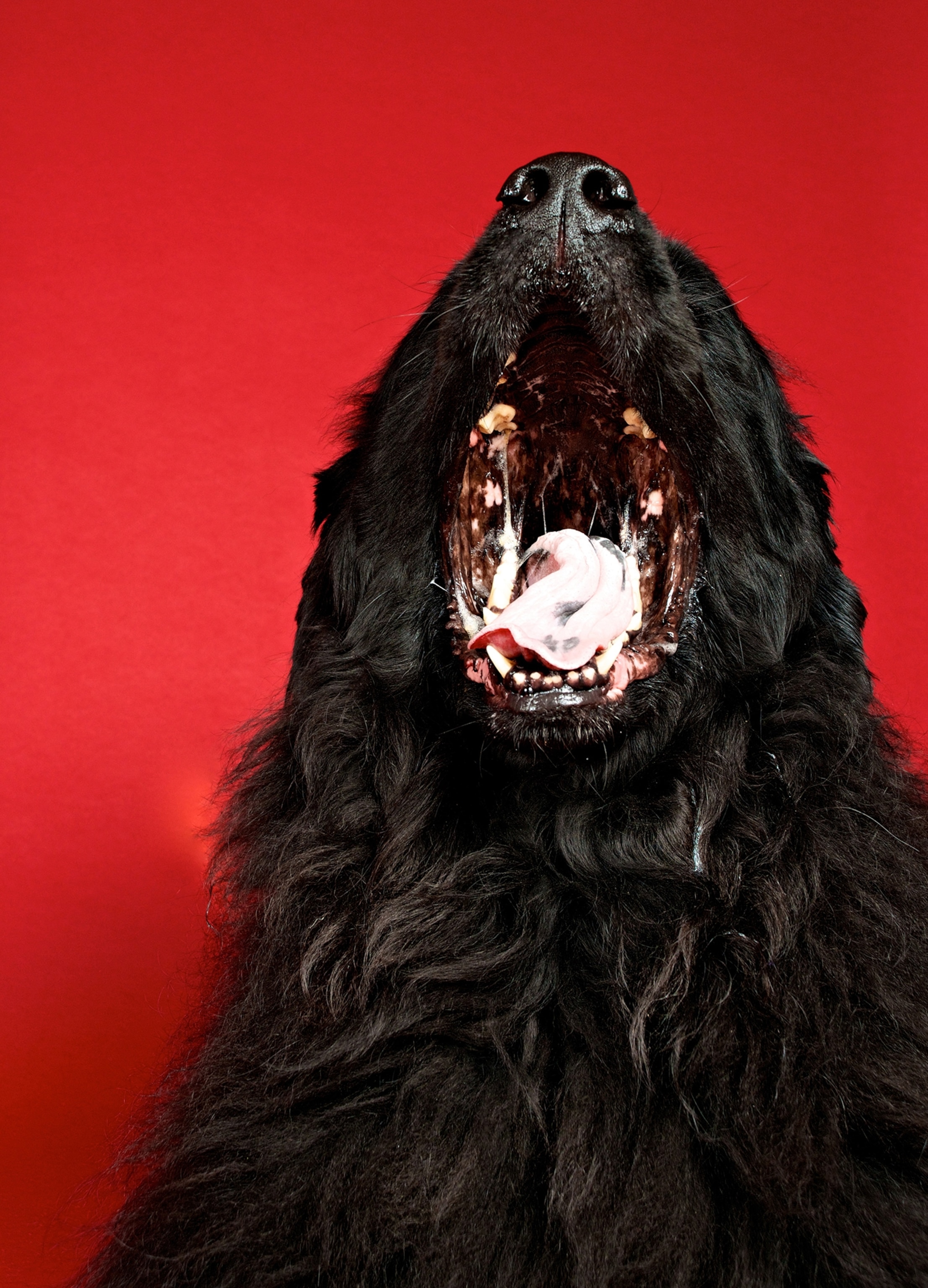
In 1997, a forensic examiner in Berlin reported one of his more unusual cases in the journal Forensic Science International. A 31-year-old man had retired for the evening to the converted garden shed behind his mother’s house, where he lived with his German shepherd. Around 8:15 p.m., neighbors heard a gunshot.
Forty-five minutes later, the man’s mother and neighbors found him dead of a gunshot wound to the mouth, a Walther pistol under his hands, and a farewell note on a table. Then police made an even more gruesome discovery: bite marks on his face and neck.
That mystery was cleared up quickly, when the man’s German shepherd vomited human tissue including skin with still-recognizable beard hair. This wasn’t a case of a starving dog resorting to eating its owner to survive; a half-full bowl of dog food was still sitting on the floor when police arrived. The disturbing implication: Maybe man’s best friend isn’t so loyal after all.
(“Puppy dog eyes” evolved so dogs could communicate with us.)
No one formally tracks how often pets scavenge their deceased owners, as forensic researchers noted in a 2023 article in Forensic Science, Medicine and Pathology. That lack of information creates a problem for death investigations, the scientists say. Medical examiners need to be familiar with signs of scavenging, which can obscure the cause of death or when someone died.
However, there are dozens of individual reports of pet scavenging described in forensic science journals, and they’re the best window we have into a situation that most pet owners don’t like to contemplate: Would our pets eat us? Are we really just a source of food to them, one way or another?
Studies of pets’ scavenging behaviors can give us some answers, and also reveal just how wrong we can be in interpreting animals’ behavior when we fail to see things from their perspective. Here’s what the available forensic evidence reveals.
It must have been the cat
Some people think cats have no compunctions about eating their owners. But as it turns out, relatively few published accounts support that theory. In fact in one report, published in the Journal of Forensic and Legal Medicine in 2010, a woman died of an aneurysm and was found the next morning. Forensic testing revealed that her dog had consumed much of her face, while her two cats hadn’t touched her.
When it does happen, cats generally don’t cause as much damage as dogs do. They tend to go for the face, especially soft parts such as the nose and lips, says forensic anthropologist Carolyn Rando of University College London.
“It doesn’t surprise me, as a cat owner,” she says. “If you’re sleeping, they tend to swat your face to wake you up.” So a cat might start out trying to “wake up” a dead owner, and then begin to bite when that doesn’t work.
(Why dogs will eat almost anything—and cats, not so much.)
Instead, most documented scavenging of human remains involves dogs. As a 2016 study in the Journal of Veterinary Behavior observed, “canine scavenging in indoor settings is rarely reported, but is regularly observed in forensic practice.” Medical examiners confirm this. Joseph Prahlow, a medical examiner in Michigan, sees evidence of pet predation during an autopsy “at least a couple times a year,” he said, and usually dogs—not cats—are the culprits.
That makes sense when we look at the feeding behaviors of dogs versus cats. Generally, dogs are the more opportunistic eaters. They’re more likely to scavenge dead animals, as anyone whose dog has eagerly nosed around in a dead squirrel can attest. And although neither dogs nor cats are above pawing through garbage, dogs tend to be less picky about eating whatever they come across.
Hunger hypothesis
“Dogs are descended from wolves,” says Stanley Coren, a psychologist who has written books and hosted television shows about dogs. “If we have a situation where the owner dies and there’s no source of food, what are they going to do? They’re going to take whatever flesh is around.”
In some cases, it’s clear that the animals were scavenging to survive. In one 2007 report, a chow and a Labrador mix survived for about a month after consuming their dead owner’s body, leaving only the top of the skull and an assortment of bone shards.
Yet in the 1997 suicide case, the German shepherd began eating parts of its owner soon after his death, says Markus Rothschild, the forensic examiner in that case. While many people assume that a dog would only eat its owner if it were starving, Rothschild writes, “forensic experience shows that this is clearly wrong.”
(If you’re chronically stressed, your dog could be too.)
In a 2015 review of 63 cases of dogs scavenging their owners, less than a day had passed before the partially eaten body was found in about a quarter of cases. What’s more, some of the dogs had access to food they hadn’t eaten.
If you think about it, if dogs only ate their owners because they were hungry, you might expect them to feed in the same ways that canines do in the wild. But they don’t.
Canines scavenging outdoors (both coyotes and domestic dogs) have a well-documented pattern, opening the chest and abdomen to eat the nutrient-rich organs early on, followed by the limbs. Only 10 percent of those cases involve wounds to the head.
By contrast, when pet dogs scavenged dead owners indoors, 73 percent of cases involved bites to the face, and just 15 percent had bites to the abdomen. This suggests that pet dogs are interacting with their owners’ faces, rather than treating the bodies merely as food.
What’s their motivation?
It’s tempting to think that if you’re close to your dog and have treated it well, you’re off the hook if you die.
But dog behavior isn’t quite so clean-cut. None of the case studies I saw indicated any prior history of animal abuse. On the contrary, several reports noted that the owners had very good relationships with their dogs, according to friends and neighbors.
(Do anxious owners make for anxious dogs?)
Instead, consider a pet’s psychological state: “One possible explanation for such behavior is that a pet will try to help an unconscious owner first by licking or nudging,” Rothschild writes in his report, “but when this fails to produce any results, the behavior of the animal can become more frantic and in a state of panic, can lead to biting.”
From biting, it’s an easy jump to eating, Rando says. “So it’s not necessarily that the dog wants to eat, but eating gets stimulated when they taste blood.”
A matter of breeding
Different dog breeds have different temperaments, Rando adds, which could play a role in how they respond to an owner’s death. Published cases involve a mix of mutts as well as several hunting or working dog breeds. But many kinds of dogs turn up in forensic reports of scavenging, including lovable labs and golden retrievers.
Overall, most of the dogs were medium to large, with a beagle being the smallest breed to engage in scavenging. However, larger, more powerful dogs can do more damage, so those cases might be more likely to rise to the level of note.
(Dog DNA tests are on the rise—but are they reliable?)
For instance, in three separate cases, dead owners were decapitated, and they all involved German shepherds. Still, for all we know, a Pomeranian or Chihuahua would tear a head off if it could.
Rando suspects that an individual dog’s temperament might matter more. An insecure, fearful dog that regularly shows signs of separation anxiety may be more likely to become frantic and end up biting and eating its owner.
So what to do?
There’s no way to guarantee that your pet won’t eat you, apart from not having any pets. Even hamsters and birds have been known to scavenge on occasion.
The best way to reduce the odds, Rando says, is to make sure you have people who will stop by if they don’t hear from you. And if you have neighbors who are elderly, sick, or vulnerable, check on them regularly.
“It’s a good reason to make sure you have people around you,” she says. “Social activity later in life is good for everybody.”
Then again, not everyone is worried. Social media posts responding to an earlier version of this article prompted some pet owners to say they’d prefer for their pets to eat them than to starve.
Even if you’re not so sanguine, you might consider giving dogs (and cats) a pass here. Pets’ distressed attempts to rouse their deceased owners suggest that losing a human companion is a traumatic experience. And in the face of trauma, we can’t expect pets to behave like humans in mourning. In a sense, we’ve bred them to love us—to death.
